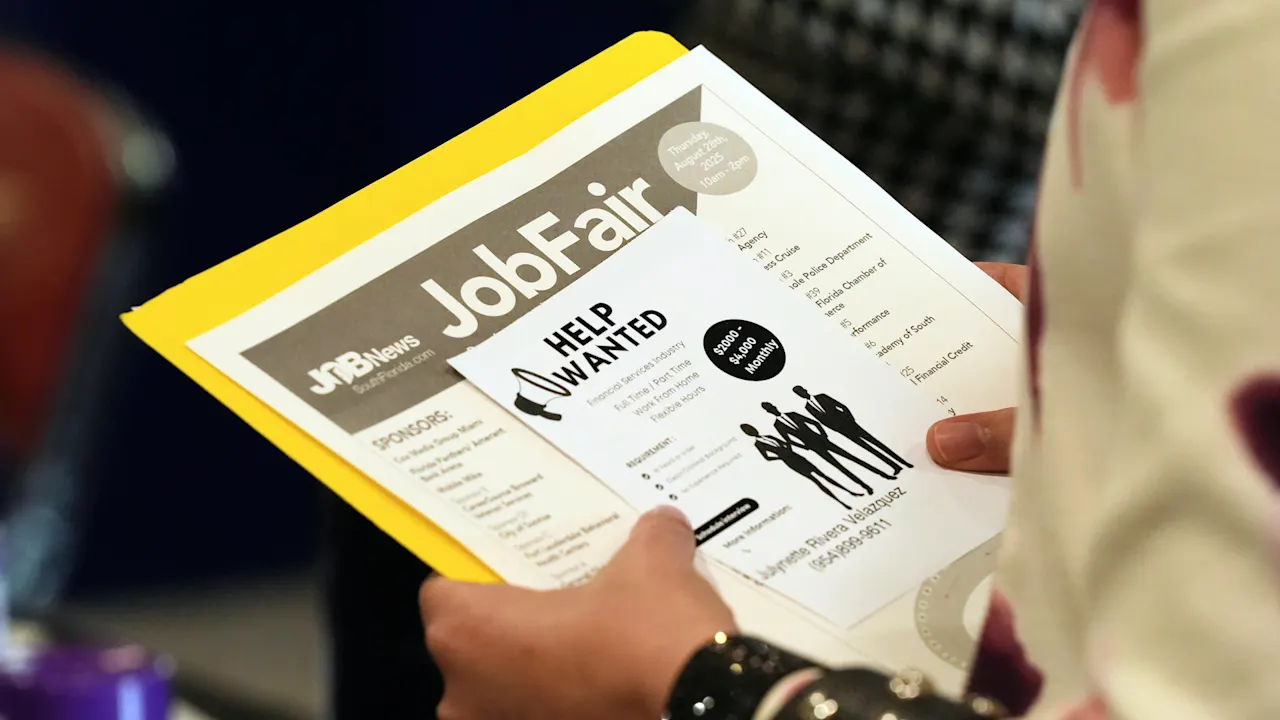In a bid to combat information overload and encourage meaningful engagement, many UX designers are reintroducing brief delays in digital interfaces. These strategic pauses—dubbed “intentional friction”—draw upon psychological research and analog-era practices to foster more mindful online experiences.
UX Designers Embrace Intentional Delays for Mindful Digital Experiences in 2025

Key Takeaways:
- UX experts are integrating deliberate delays to curb information overload and promote mindfulness.
- Companies like Airbnb and Spotify have begun experimenting with “intentional friction” to humanize digital interactions.
- Designers are inspired by both psychological research and analog-era habits.
- This 2025 trend prioritizes well-being as much as speed.
- Ethical questions remain about the balance between engagement and potential manipulation.
The Resurgence of Deliberate Delays
User experience designers are shifting gears by incorporating deliberate waiting times into digital interfaces. This move seeks to counter the stress of an always-accelerating online environment. By slowing down the pace, designers hope to help users absorb information more thoughtfully and, in turn, cultivate healthier relationships with the apps and websites they use.
The Psychology Behind Waiting
Drawing on findings from psychological research and the nostalgia of analog-era experiences, proponents of these delays suggest that brief pauses grant users time to contemplate their actions. Designers argue that by introducing a measured pace, individuals can engage with content more deeply. This approach challenges the long-standing notion that every user interaction must be as fast as possible.
Real-World Experiments
Already, major platforms are taking note. “Companies like Airbnb and Spotify experiment with ‘intentional friction’ for more human-like experiences,” according to the original report, reinforcing the idea that small roadblocks or pauses can actually heighten user satisfaction. These experiments underline a growing industry belief that thoughtful design can foster more meaningful experiences than the quickest possible clicks.
Balancing Speed and Well-Being
The movement toward “mindful design” also serves as a response to digital fatigue. In a fast-paced world, introducing calm moments in virtual settings encourages users to reflect on their choices. As the report notes, this forward-looking 2025 trend aims to balance speed with mindfulness, though it does raise questions about the ethics of purposely slowing down user interactions. Some critics worry that delays might unintentionally manipulate users, creating a tension between beneficial mindfulness and potential inconvenience.
Looking Ahead
Despite these concerns, intentional friction is poised to remain a prominent feature of future design strategies. As more companies explore this method and as ethical considerations are ironed out, the larger industry conversation will likely revolve around how to strike an ideal balance. By transitioning a fraction of the digital world’s rapid-fire design into moments of pause, UX professionals hope to shape a healthier, more engaging, and more human-centric online landscape.











